Crete in ancient times was not threatened by external enemies. The first external enemies of the island were the Romans. Therefore, till then, the fortification of cities was focused on internal enemies. After the Roman Empire (67 BC-330 AD) things changed radically. Crete became a province of the Eastern Roman Empire, which later transformed to the Byzantine Empire. At the same time, several civilizations started developing around the Mediterranean Sea.
Thus, Crete, because of its natural and geopolitical position, acquired great importance and became an "apple of discord" for the civilizations of the Mediterranean. During the First Byzantine Period (330-824) things looked calm. For that reason, combined with the internal and external problems of the Empire, the island was on the fringes of the Byzantine interest. Thus, pirate raids increased and the seaside monasteries were fortified to protect themselves.
Under these circumstances, the first storm on the island was imminent. The Saracen pirates managed to easily occupy Crete in 824, that was almost defenseless. They settled for 140 years, till 961, during which they fortified the largest town, today’s Heraklion. After continuous failures to reoccupy Crete, Nikiforos Fokas managed to liberate the island from pirates in 961. Then, the Byzantines built new walls, which managed to keep invaders away for a few more centuries.
In 1206, Crete passed into the hands of the Genoese, who immediately gave particular importance to the fortification of the island. Within a few years the fortified three castles and 12 fortresses, but still the Venetians managed to occupy the island in 1209. The Venetian Era in Crete lasted for 4.5 centuries and was mainly dependant on the colossal fortification structures. The best Venetian engineers built the Great Castle of Candia (Heraklion). The Turks managed to take over Candia in 1669 after 22 years (!) of besieging and immediately started restoring the Venetian Forts and built a lot of small fortresses across the Cretan Territory, called Koules. The Turks took care of their forts till the end of their presence on the island.
Even today, visitors can get an idea of what the fortified cities of Crete were like, as the walls are still in excellent condition. The impressive castles in Chania, Rethymnon and Heraklion and the fortresses on the islands of Souda, Gramvousa, Spinalonga are but a few samples of Cretan fort architecture.



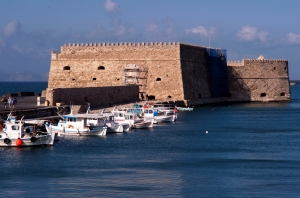
The imposing medieval fortress of Koules still stands at the beginning of the western breakwater of the modern port of Heraklion. Its real name is Rocca al Mare, named so by its Venetian founders. Koules, or the Great Koules like it is called, was not the sole ruler of the port.
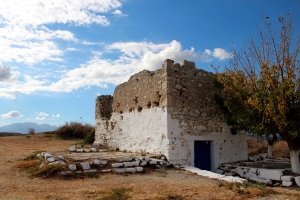
The fortress of Apicorno has been one of the most important forts of the Gulf of Souda. The Castel Apicorno or Bicorna gave its name to the province of Apokoronas, called like this even today, although the fort is destroyed.
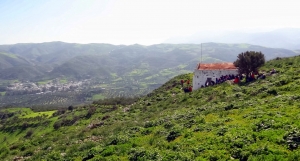
The fort Castel Belvedere or Kastelos was built on the isolated hill Kastellos, that was accessible only from its south side, near the villages of Ano and Kato Kastelliana. Here was the site of the ancient city Priansos, a powerful and great town that minted its own currency and had its seaport at Inatos (current Tsoutsouras).
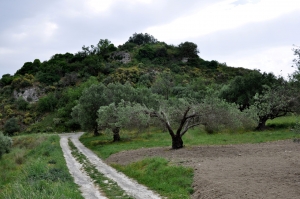
The fortress Castel di Beto was located east of the village Meleses, close to Del Cornaro, and was only accessible from its west side. On the top of the hill, there are still ruins of the 0.65m wide wall and remains of a tower, a tank, a church, several other buildings and houses. Moreover, nearby there is a Venetian fountain dating in 1594.
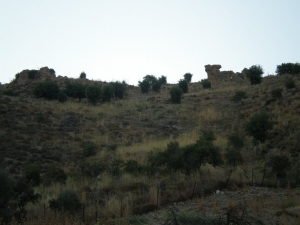
The Fort Bonifacio or Apano Castelli is located west of the current Tsifout Kastelli village, 44km south of Heraklion, on a hill now called Apano Kasteli or Psilo Aloni. The fort is reported since 1212 and was built by the Genoese pirate Henry Pescatore.
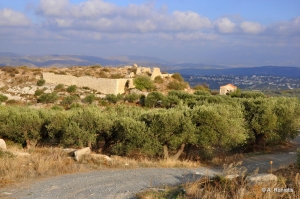
Castel del Corner or fort of Paleochora is located on the hill Kastelos south of Katalagari village, at an area full of olive trees and vineyards. According to tradition, it was built by Nicephorus Phocas after the liberation of Crete by the Arabs in 961 AD.
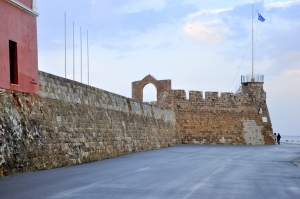
On the west side of Chania harbor, the traveler can still visit Firkas fortress, still dominating a low hill and housing the modern Naval Museum of Crete. Firkas is a Turkish name and means division, as the fort housed the headquarters of the Turkish Division.
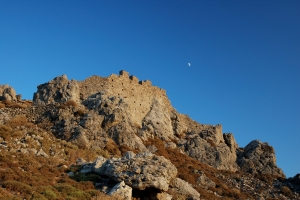
Next to the village of Krya, 25km away from the town of Sitia, there is a hill with the church of St. George and the ruins of a Venetian castle, called Monte Forte or Apano Castelli (Upper Forth).












































































